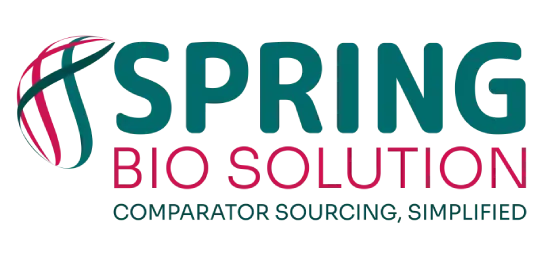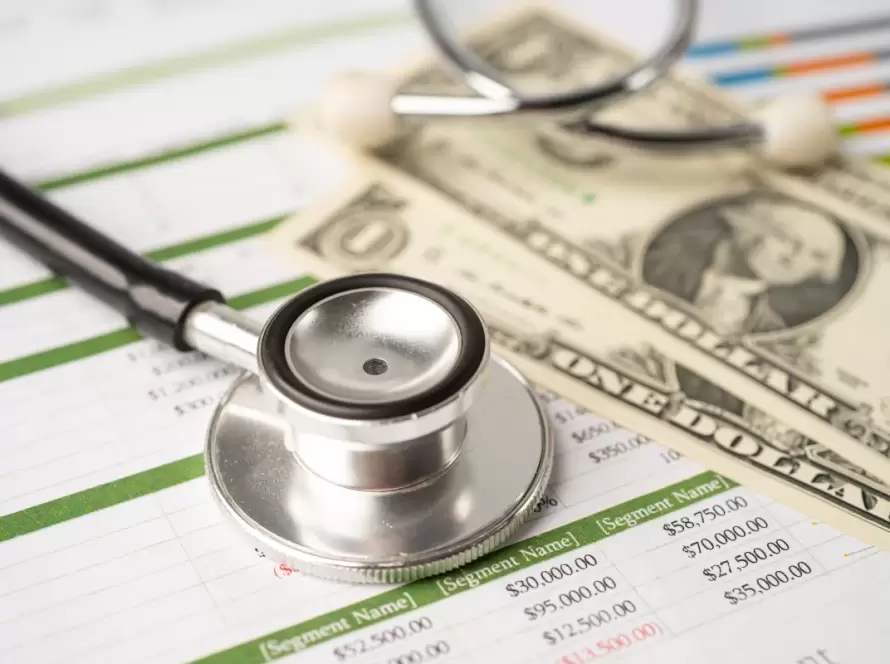The advancement in medical sciences has helped to understand the etiology of several known diseases as well as understanding of physiological and metabolic changes during a disease to develop new targets for the treatment. Thus there is a continuous need for new medicines development for human use. The continuous medical research and available information helps to understand the position of currently available medical products in the treatment algorithm. Thus, with time, older, already-approved drugs begin to lose their importance as new therapies with novel mechanisms of actions are made available by the research-based pharmaceutical companies. Sometimes few medicines are no longer preferred due to side effects. The emergence of other ailments is an important basis for new drug development. Understanding the underlying aetiology of a disease is essential to define targets of drug action that are novel and an effective therapy for the named disease. It is important to research illness characteristics like acquisition, transmission, and progression as well as disease etiology, its prevalence and incidence in the community.
It is important to consider the diseased organ system, its working and the targets that can be considered for desirable action. The genetic predisposition of disease is an important factor to be considered for diseases that have a dominant genetic predisposition. Understanding the type of microorganisms and their ability to reproduce in the human body is crucial when developing a product for infectious diseases. Another important aspect is if the disease in question is acute (short duration) or chronic (long duration-lifelong); this determines the type of therapy and dosage form that can be developed.
The process of a new drug development involves extensive research in the realm of science, undertaking lab experiments to create a new chemical entity (NCE) that can eventually be developed as a medicinal product, its preclinical testing, clinical trials, and ultimately to obtain regulatory approval for marketing the product.
The following are the crucial processes in the development of a new medicinal product:
1. Acquiring data concerning the progression of disease: Initial work on epidemiology and medical problems is important. This helps to understand disease etiology and possible molecular targets that can be considered for site of action by the potential new chemical moiety that is planned for development. Cell cultures are a useful tool for investigating both healthy and sick cells, as well as changes in cellular functions and protein expression. Studies involving genes and proteins shared by humans and other species are known as cross-species studies. The use of bioinformatics improves disease evaluation. Protein-based compounds known as biomarkers are used to assess biological function, recognize disease processes, or gauge treatment response. Their utilization can also pertain to diagnostic purposes. The study of protein activity inside a particular cell, tissue, or organism is known as proteomics.
2. Identification of the target: Once the disease progression is understood, the second stage is to identify a particular target within the body that is connected to a disease or condition. A protein, enzyme, receptor, or any other molecular element involved in the illness process could be this target.
3. Discovery of a drug: Once a target has been discovered, researchers try to find or create a molecule referred to as a drug candidate that can interact with the target and modify its activity. Several techniques are used in this process, including computer-aided drug design, natural product isolation, and high-throughput screening of huge chemical libraries. The various chemical compounds developed are addressed as new chemical moieties, until a particular compound is finalized as a new chemical entity (NCE). Several chemical moieties are prepared for screening a biological action. Various in-vitro models are used for evaluating a biological activity.
4. Preclinical Assessment: A potential new chemical moieties are considered for further evaluation in preclinical studies. During this phase, a variety of laboratory tests on the chosen drug candidates are conducted utilizing in vivo (animal-based) and in vitro (cell-based) models. The primary objective to assess biological activity and toxicity profile. If a new chemical moiety has potent biological activity but very high toxicity, such a chemical moiety cannot be considered for the development. Thus preclinical assessments are very crucial and consider toxicity as well as animal pharmacological studies. For a possibly safe compound with a good safety profile additional animal studies are conducted. These include animal pharmacokinetics (absorption, distribution, metabolism, and excretion) studies as well as special studies in various animal models for pharmacological action and additional safety studies including assessment for carcinogenic and mutagenic potential.
5. Investigational New Drug (IND) Application: The potential new drug entity ( NCE) is formulated as a suitable dosage form and undergoes galenical development to produce a stable, quality product such as capsules, tablets etc. If the preclinical outcomes are encouraging, the drug developer submits an IND application to the relevant regulatory body, such as the U.S. Food and Drug Administration (FDA), for review. The planned strategy for clinical trials is included in the IND application together with data from preclinical investigations.
6. Clinical studies: Clinical development is the longest and toughest part of the drug development process. It constitutes experiments in humans. Three main phases are included in clinical trial studies.
Phase 1: A small group of healthy volunteers are used in this phase to evaluate the new drug’s safety, dose range, and potential side effects. The ability of the new drug in the human body is assessed by conducting pharmacokinetic studies.
Phase 2: During this stage, a larger number of individuals with the targeted illness or condition receive the drug. The main goals are to ascertain the best dosage for the medicine, as well as to further assess its safety. This phase considers various dose ranges for the new drug as well as the magnitude of efficacy observed with the escalation of the dose including safety analysis. The study also involves the evaluation of the new drug with the reference drug currently in use for the said illness.
Phase 3: The purpose of this phase is to confirm the drug’s efficacy, monitor adverse effects, and evaluate it in comparison to currently available standard therapies. It involves a wider group of patients. For the purpose of assessing the drug’s overall risk-benefit profile, the data gathered during this phase is essential. These studies are conducted in at least 1000 patients across various countries.
7. Submission of a New Drug Application (NDA): If the outcomes of the clinical studies are positive, the drug developer files a New Drug Application (NDA) to the regulatory body. The NDA contains all the information created throughout the production, preclinical testing, and clinical trials of the medicine. The regulatory body examines the information to determine the drug’s quality, safety, and efficacy.
8. Regulatory Review: Regulatory authorities perform a thorough analysis of the drug’s advantages, hazards, and quality after reviewing the data that have been presented. This procedure entails a careful analysis of the chemistry, production, and controls of the drug as well as the suggested labelling and prescription details.
9. Approval and Post-Marketing Surveillance: The regulatory authority may approve the marketing and sale of a medicine to the general public if it concludes that the benefits of the drug exceed the hazards. Following approval, post-marketing monitoring is carried out to keep an eye on the medication’s efficacy and safety in a larger patient population.
The entire new drug discovery and development process, from drug discovery to marketing approval, often lasts 10 to 18 years, with costs as high as 1.3 billion USD. Each step is only successfully completed by a small number of drugs. As a result, a new drug development is a lengthy procedure, with huge investments of time, money, and efforts. Additionally, the regulatory procedures differ in several countries that require some bridging studies, reworking on the dossier and price negotiations with government pricing authorities that may further delay the market access for the new drug.



